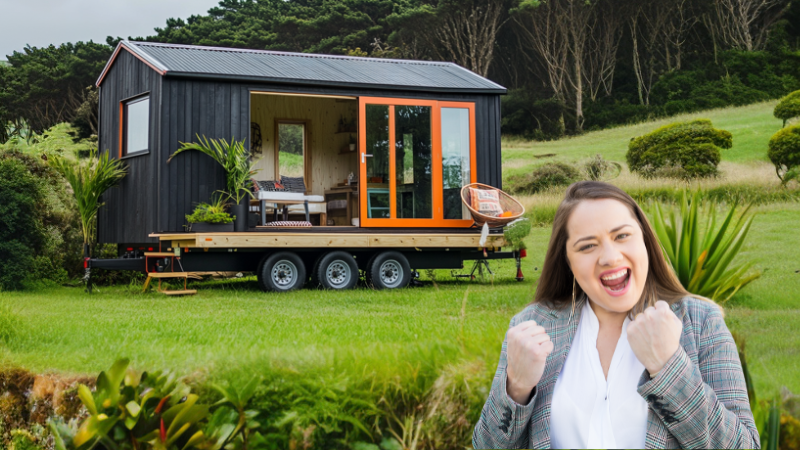The Government’s proposed granny flat reform, aimed at making it easier to build small secondary dwellings, has moved closer to recognising tiny homes as legitimate and flexible housing solutions.
The reform proposes two key changes: introducing a building consent exemption for granny flats up to 60 square metres under the Building Act 2004 and creating a national environmental standard to remove the need for resource consent for “minor residential units”. While initially focused on traditional granny flats, public submissions revealed a strong appetite for broadening the scope to include tiny homes, and MBIE seems to have taken notice.
Out of the thousands of submissions on the proposed reforms, around 200 specifically called for tiny homes to be included. That might not sound like a huge number, but it sends a clear message: people want housing policies that reflect diverse living options, not just the cookie-cutter suburban model.
The consultation summary revealed several significant wins for the tiny home movement. Many called for the policy to cover more than just standalone granny flats, highlighting the potential of tiny homes, whether on wheels or as semi-permanent structures. The current requirement tying small dwellings to a larger primary home on the same site was another major sticking point. Submitters argued for more independence, suggesting tiny homes should be allowed to stand alone or share larger properties without needing a “Main” house nearby.
Tiny homes were also celebrated for their affordability and flexibility. Submissions pointed out how they can provide homeowners with greater control over their living arrangements while significantly reducing costs.
For Māori housing, the potential benefits were particularly noteworthy. Current restrictions on whenua land often make it difficult to provide for multigenerational living or culturally significant housing arrangements. Tiny homes offer an innovative and cost-effective solution to address these challenges, and the consultation highlighted their ability to better support these outcomes.
MBIE (Ministry of Business, Innovation and Employment) is now working on refining the proposals based on public feedback, with changes to the Building Act and new National Environmental Standards expected to come into effect in Mid-2025. While this won’t solve all the challenges tiny home advocates face, it’s a clear step in the right direction. In the meantime, MBIE will be preparing guidance materials to help Kiwis understand and implement the changes when they become law.
This reform may not yet be a magic fix, but it represents progress. Tiny homes are finally being recognised as a real and necessary part of Aotearoa’s housing landscape. The fight isn’t over, there’s still work to do to ensure tiny homes are fully incorporated into district plans and given the flexibility they deserve, but this milestone is worth celebrating.
It’s a reminder that persistence pays off. Change is coming, and tiny homes are one step closer to becoming a practical and widely accepted housing option. So, let’s raise a (tiny) toast to this milestone and keep dreaming big about living small. The future for tiny homes in New Zealand is looking brighter.
For a detailed look at the public feedback on the proposed changes, you can view the full Granny Flat Reform Submission Report here.


